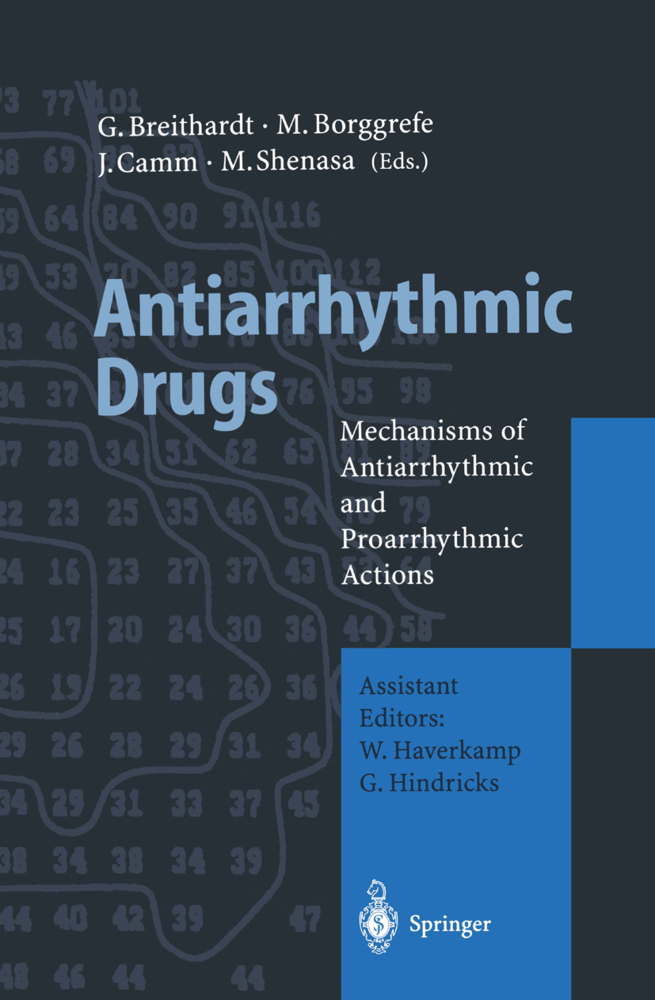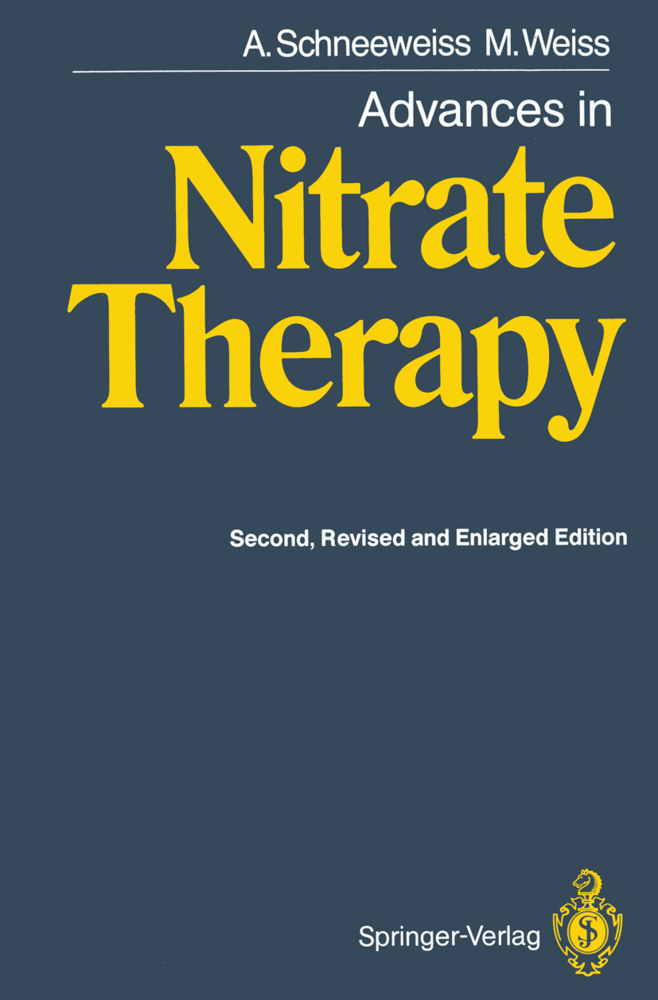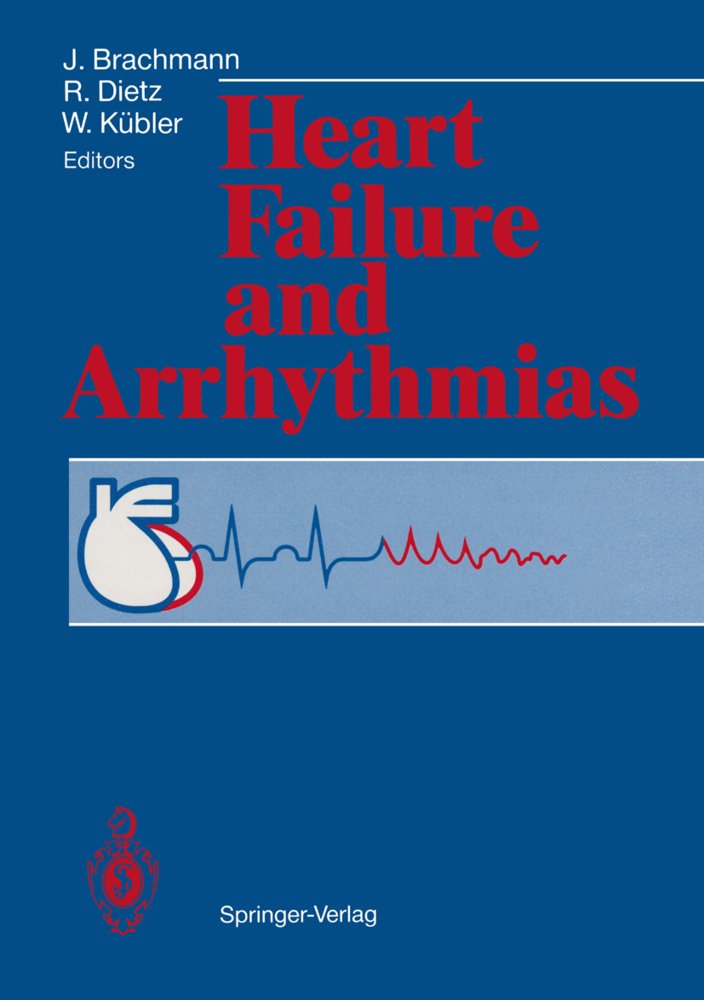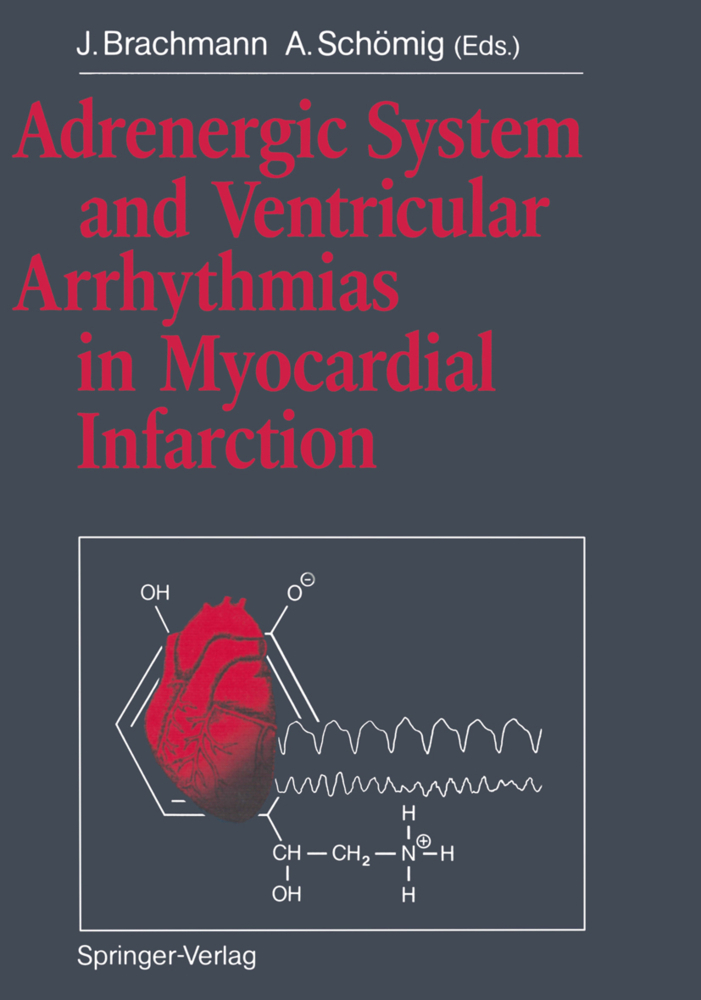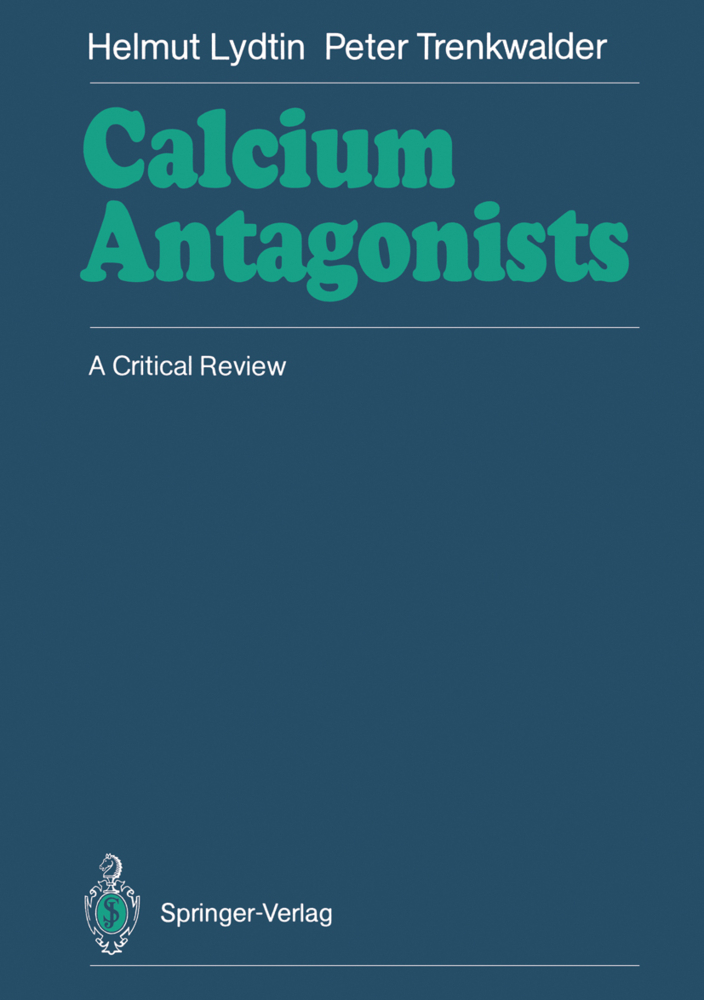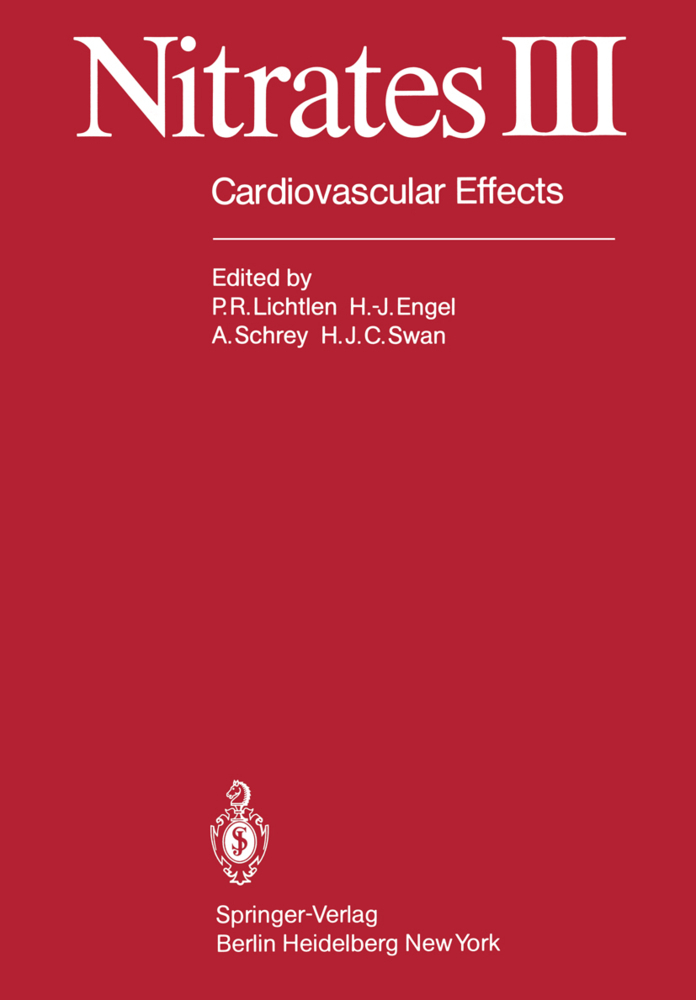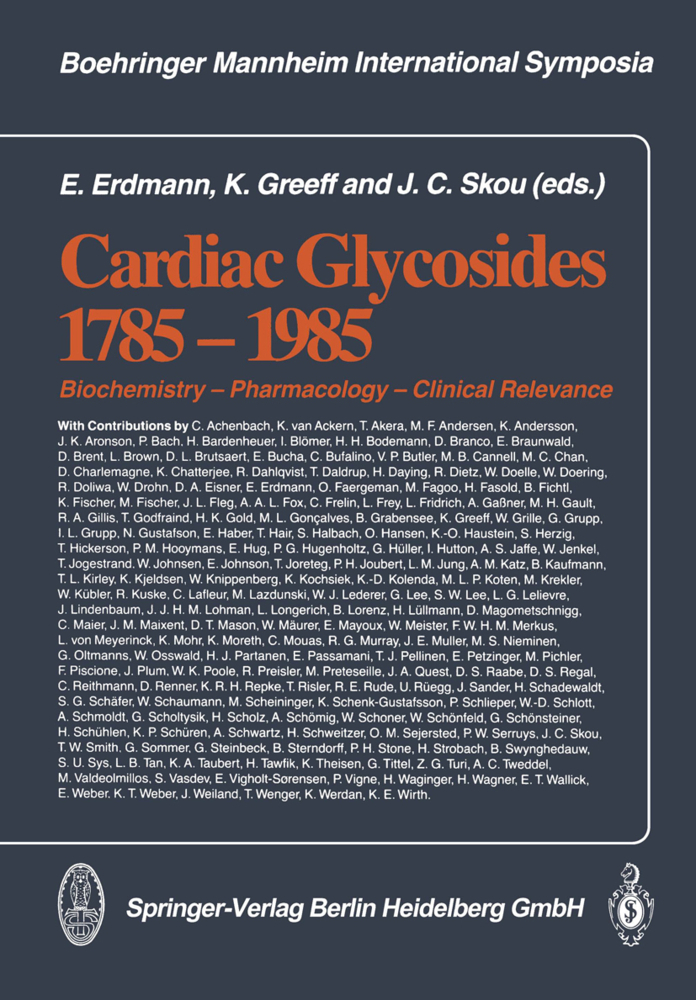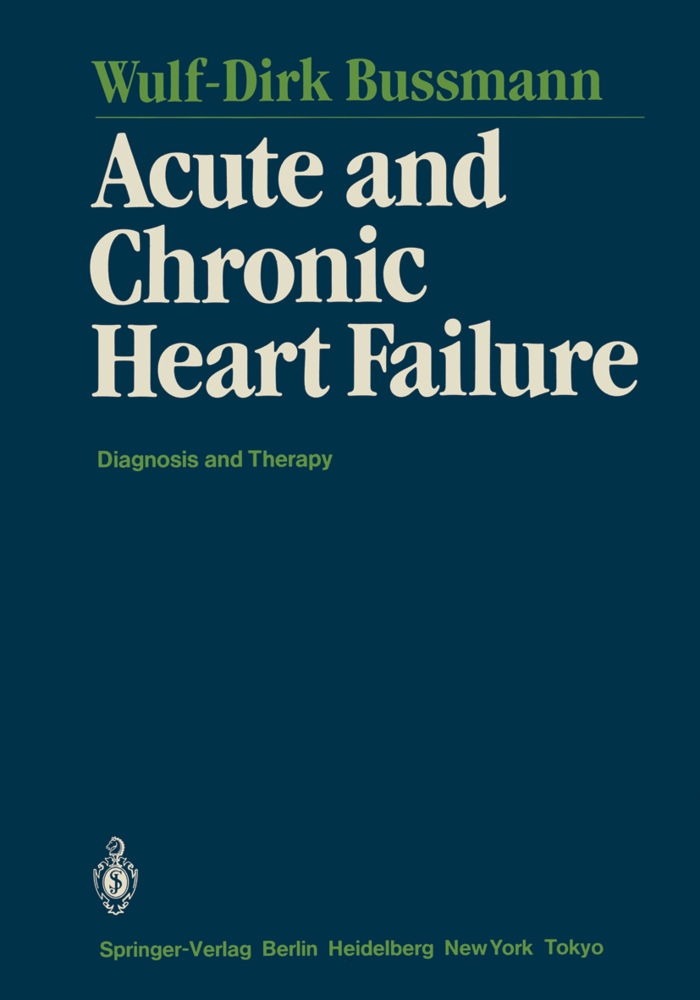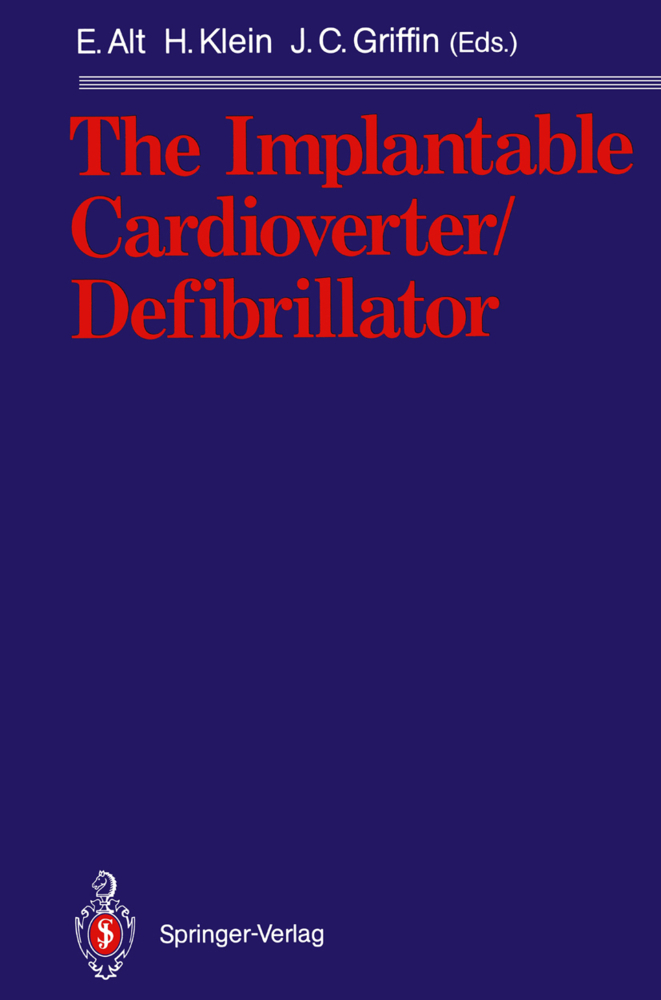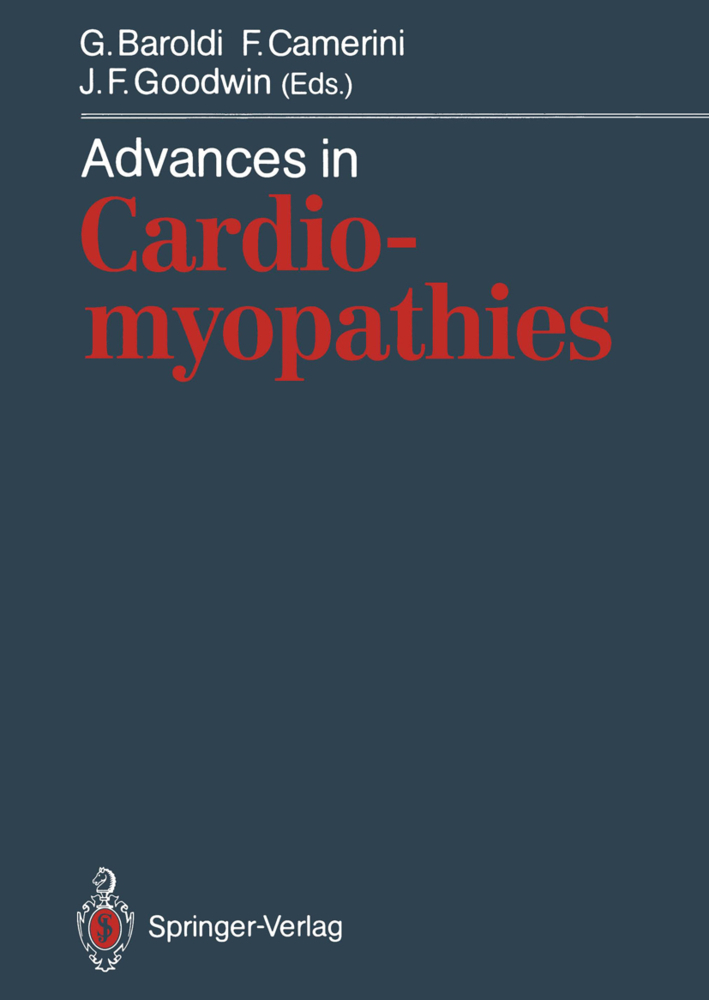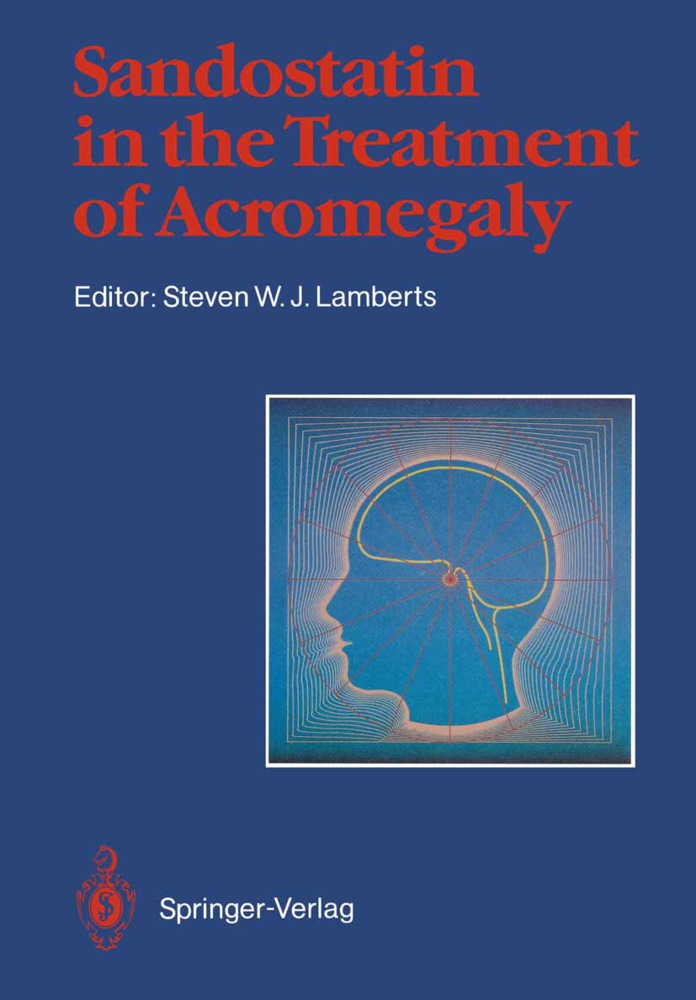Antiarrhythmic Drugs
Mechanisms of Antiarrhythmic and Proarrhythmic Actions
Antiarrhythmic Drugs
Mechanisms of Antiarrhythmic and Proarrhythmic Actions
The past 10 years have seen a remarkable change in the approach to cardiac arrhythmias, from a position of confidence and a feeling of well-being about pharmacological treatment to a situation in which there is now marked uncertainty and general apprehension about the role of antiarrhythmic drugs. Until relatively recently the prevailing concept in antiarrhythmic therapy was that arrhythmias could be controlled by drugs which slowed conduction or suppressed automaticity, goals well served by the sodium channel-blocking drugs and glycosides. Drug re search was based largely on the development of agents mimicking those already available, but with greater efficacy, fewer side effects or a more favourable phar macokinetic profile. The CAST trial stands out as a landmark in the evolution of arrhytmia manage ment; rarely has a single trial had such a profound impact not only on clinical prac tice, but also on the whole approach of those involved in the research, development and regulation of antiarrhythmic drugs. The results of the CAST trial, designed to redress the shortcomings of earlier trials which had failed to demonstrate the anticipated improvement in mortality post-myocardial infarction with the use of class I agents, are well known. The CAST and CAST II showed an increase in mor tality associated with the active agent (encainide, flecainide or morizicine) com pared to placebo treatment. They firmly established the potential danger in the use of class I drugs.
Pharmacology of T and L type Ca2+ Channels in Cardiac Tissue
Molecular Biology and Ion Channel Biophysics: Their Role in Rational Pharmacological Antiarrhythmic Therapy
Selective Pharmacological Modification of Repolarizing Currents: Antiarrhythmic and Proarrhythmic Actions of Agents that Influence Repolarization of the Heart
A Shift from Class to Class III Drugs in the Medical Treatment of Arrhythmias: Wishful Thinking?
Use Dependence and Reverse Use Dependence of Antiarrhythmic Agents: Pro-and Antiarrhythmic Actions
Modulation of Antiarrhythmic Drug Action by Disease and Injury
Interaction of Transient Ischemia with Antiarrhythmic Drugs
Management of Patients with Sustained Ventricular Tachyarrhythmias: Differnt Clinical Studies, Different Patients
Antiarrhythmic Drug Action: Modulation by Disease and Injury
Reentrant Excitation: Pharmacological Interactions
Pharmacological Modulation of Reentrant Excitation in Experimental Models
Reentry in Clinical Arrhythmias: Mechanisms Responsible for Antiarrhythmic Drug Efficacy
Variability of the Arrhythmogenic Substrate: Drug Influences
Experimental Models for the Assessment of Antiarrhythmic and Proarrhythmic Drug Action: Traditional and Newer Models
Influence of the Autonomic Nervous System on the Action of Antiarrhythmic Drugs
Role of Drugs in Torsade de Pointes and Triggered Activity
The Study of Pharmacokinetics and Pharmacodynamics as a Tool for Understanding Mechanisms of Antiarrhythmic Drug Action
Electrophysiologic Effects, Clinical Efficacy and Antiarrhythmic and Proarrhythmic Effects of Sodium Channel Blockers in Patients with Ventricular Tachyarrhythmias
Antiarrhythmic VersusProarrhythmic Effects of Class III Agents
"Novel" Antiarrhythmic Drugs
Electrophysiologic Properties and Antiarrhythmic Effects of Adenosine and Adenosine Triphosphate
Magnesium-Electrophysiological Effects, Antiarrhythmic Properties and Clinical Applications
Future Perspectives
The Classification of Antiarrhythmic Drugs: How do we Educate the Scientist and the Clinician?.
Basic Mechanisms of Antiarrhythmic Drug Action
Sodium Channel Blockade as an Antiarrhythmic MechanismPharmacology of T and L type Ca2+ Channels in Cardiac Tissue
Molecular Biology and Ion Channel Biophysics: Their Role in Rational Pharmacological Antiarrhythmic Therapy
Selective Pharmacological Modification of Repolarizing Currents: Antiarrhythmic and Proarrhythmic Actions of Agents that Influence Repolarization of the Heart
A Shift from Class to Class III Drugs in the Medical Treatment of Arrhythmias: Wishful Thinking?
Use Dependence and Reverse Use Dependence of Antiarrhythmic Agents: Pro-and Antiarrhythmic Actions
Modulation of Antiarrhythmic Drug Action by Disease and Injury
Interaction of Transient Ischemia with Antiarrhythmic Drugs
Management of Patients with Sustained Ventricular Tachyarrhythmias: Differnt Clinical Studies, Different Patients
Antiarrhythmic Drug Action: Modulation by Disease and Injury
Reentrant Excitation: Pharmacological Interactions
Pharmacological Modulation of Reentrant Excitation in Experimental Models
Reentry in Clinical Arrhythmias: Mechanisms Responsible for Antiarrhythmic Drug Efficacy
Variability of the Arrhythmogenic Substrate: Drug Influences
Experimental Models for the Assessment of Antiarrhythmic and Proarrhythmic Drug Action: Traditional and Newer Models
Influence of the Autonomic Nervous System on the Action of Antiarrhythmic Drugs
Role of Drugs in Torsade de Pointes and Triggered Activity
The Study of Pharmacokinetics and Pharmacodynamics as a Tool for Understanding Mechanisms of Antiarrhythmic Drug Action
Electrophysiologic Effects, Clinical Efficacy and Antiarrhythmic and Proarrhythmic Effects of Sodium Channel Blockers in Patients with Ventricular Tachyarrhythmias
Antiarrhythmic VersusProarrhythmic Effects of Class III Agents
"Novel" Antiarrhythmic Drugs
Electrophysiologic Properties and Antiarrhythmic Effects of Adenosine and Adenosine Triphosphate
Magnesium-Electrophysiological Effects, Antiarrhythmic Properties and Clinical Applications
Future Perspectives
The Classification of Antiarrhythmic Drugs: How do we Educate the Scientist and the Clinician?.
Breithardt, Günter
Borggrefe, Martin
Camm, John A.
Shenasa, Mohammad
Haverkamp, W.
Hindricks, G.
| ISBN | 978-3-642-85626-6 |
|---|---|
| Artikelnummer | 9783642856266 |
| Medientyp | Buch |
| Auflage | Softcover reprint of the original 1st ed. 1995 |
| Copyrightjahr | 2012 |
| Verlag | Springer, Berlin |
| Umfang | XII, 410 Seiten |
| Abbildungen | XII, 410 p. 300 illus. |
| Sprache | Englisch |

